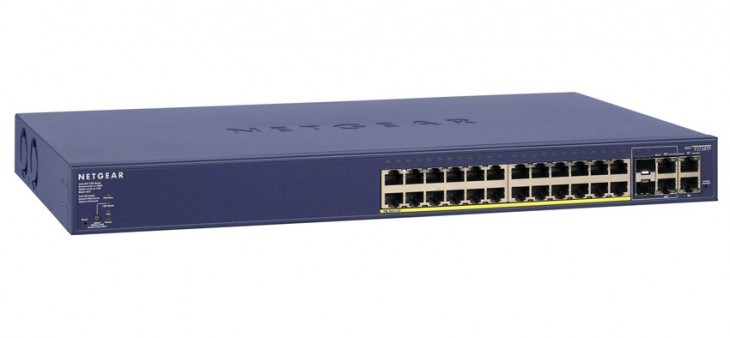
The term 10/100 Base refers to an Ethernet connection that supports both 10 Mbps (megabits per second) and 100 Mbps data transmission rates. Ethernet is the commonly employed networking standard for LAN communications. It is standardised by IEEE 802.3. 10Base-T is the wiring standard for 10 Mbps Ethernet. The Ethernet wiring standard for 100 Mbps transmissions was introduced in 1995 as a version of 100Base-T. The term Fast Ethernet refers to 100Base. A 10/100 Ethernet port will work with either transmission speed. A 10/100/1000 port also supports Gigabit Ethernet with 1Gbps speed. More modern computers feature 10/100 connections but may have 10/100/1000 connections. Ethernet switches can automatically adjust to the highest common speed between the sender and receiver.
10/100 Device Data Transfer Rates
A 10/100 device will allow for an Ethernet data transfer rate of 10 Mbps or the Fast Ethernet speed of 100 Mbps. On a network, 10/100 Ethernet devices are commonly wired to a central hub or switch by utilizing twisted pair wires. With the 10Base-T standard, twisted-pair cable is used to a length of up to 100 metres. Various types of network cabling schemes are compatible with 100BASE-T. There is the 100BASE-TX, where two pairs of higher quality twisted pair wires are used. 100BASE-T4 requires four pairs of regular grade. twisted-pair wires. The 100BASE-FX scheme is a fibre optic cable standard.
100Base-T and 10Base-T Ethernet
Many Ethernet adapters, hubs and switches are dual 10/100 devices that support 100Base-T and 10Base-T concurrently. The term base is included to reference baseband signals, since only Ethernet signals are being transmitted. The stations in a 10Base-T or 100Base-T Ethernet can be connected to a hub or switch with a twisted pair wiring scheme and RJ-45 connectors.
Related Links
Netgear 10/100 Smart Switches
Cisco Small Business 10/100 Smart Switches
10/100 Switches
24 Port 10/100 Smart Switches
